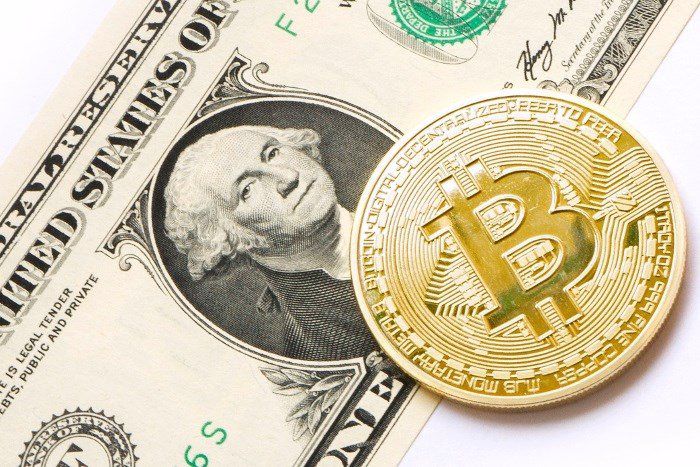#value #bitcoin #blockchain
The Big A: “The price of a 1 bitcoin is determined by several factors, including demand and supply, competition, and its regulation. The intrinsic value of 1 bitcoin can also be estimated by computing the average marginal cost of production of a bitcoin at any given point in time, based on the block reward, price of electricity, energy efficiency of mining hardware, and mining difficulty” — Paul Ebeling
Bitcoin (BTCUSD) is a cryptocurrency developed in Y 2009 by Satoshi Nakamoto, the name given to the unknown creator/s of this virtual currency. Transactions are recorded in a blockchain, which shows the transaction history for each unit and proves ownership.
Unlike investing in traditional currencies, Bitcoin is not issued by a central bank or backed by a government. And buying a bitcoin is different than purchasing a stock or bond because Bitcoin is not a corporation. So, there are no corporate balance sheets or Form 10-Ks to review.
Unlike investing in traditional currencies, Bitcoin is not issued by a central bank or backed by a government; therefore, the monetary policy, inflation rates, and economic growth measurements that typically influence the value of currency do not apply to Bitcoin.
Conversely, Bitcoin prices are influenced by the following factors:
- The supply of Bitcoin and the market’s demand for it
- The cost of producing a bitcoin through the mining process
- The rewards issued to Bitcoin miners for verifying transactions to the blockchain
- The number of competing cryptocurrencies
- Regulations governing its sale and use and the state of its internal governance
- News developments
The supply of an asset plays an important role in determining its price. A scarce asset is more likely to have high prices, whereas one that is available in plenty will have low prices.
Bitcoin’s supply has been dwindling since inception. The cryptocurrency’s protocol only allows new bitcoins to be created at a fixed rate, and that rate is designed to slow down over time.
Thus, the supply of Bitcoin slowed from 6.9% in Y 2016 to 4.4% in Y 2017 and 4% in Y 2018. Bitcoin halving events, which occur every 4 yrs, generally correspond to a significant rise in its prices because it means that the cryptocurrency’s supply has been reduced.
While Bitcoin is yet to find favor as a medium of exchange, it has attracted the attention of retail investors. The focus of Bitcoin’s demand shifts based on economic and geopolitical considerations. For example, China’s citizens may have reportedly used the cryptocurrency to circumvent capital controls in Y 2020.
Investor demand for the cryptocurrency has risen with increased media coverage.
All of this means that a shrinkage in supply has coupled with surge in demand, acting as fuel for bitcoin prices.
The more governments around the world incorporate bitcoin into their economies and markets, the greater its chances of becoming a legitimate asset class for investment.
Cryptocurrency investors and traders follow regulatory developments related to Bitcoin closely because it is an indicator of liquidity in crypto markets.
These developments exert pressure on its price because they affect its supply and demand.
Even though it has been around for more than 10yrs, Bitcoin is still a nascent asset class, meaning its price is determined by a complex combination of factors that include production costs, competition, and regulatory developments.
The cryptocurrency’s technological roots mean that other factors, such as the difficulty levels of its algorithms, and forks on its blockchains can also play an important role in determining its price.
Have a prosperous day, Keep the Faith!









